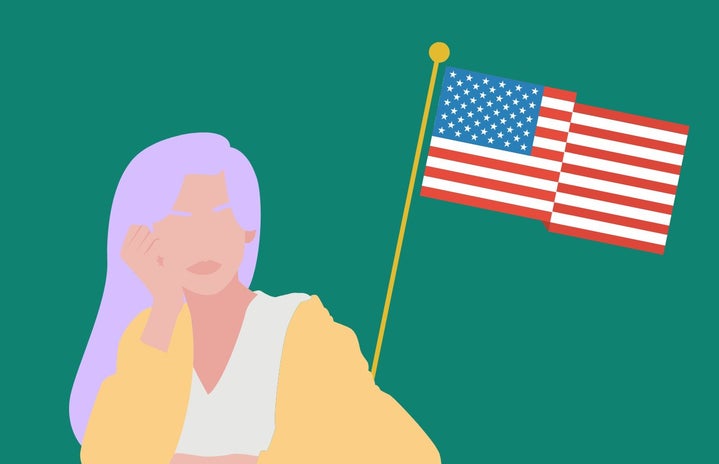The 2020 Presidential election has been at the center of every political discussion for the last few months. Coming off the tail of a tumultuous 2016 election, followed by an even more eventful presidential term and a subsequent pandemic, it is without a doubt going to be a monumental race. For many of us, it will be our first time voting in a presidential election and having a voice in national politics, making it that much more significant. However, as we approach November 3rd, do we really understand how much our vote matters?
This year marks the 100th anniversary of the passage of the 19th Amendment, the addition to the Constitution that allowed women the right to vote. In honor of the women who fought tirelessly for us to have this privilege, let’s understand just how significant our engagement will be in this election.
According to Pew Research Center, women have turned out to vote at higher rates than men in every presidential election since 1984. In 2016, 63% of women who were eligible voted, compared to 59% of men. This could be due to a stronger feeling of political efficacy among women or simply a sense of obligation toward the community. Nevertheless, it’s without question that women make up a coveted portion of the electorate — one that no candidate can afford to lose in its entirety.
This election is predicted to be a very polarizing one for women as there’s an increased disparity in party affiliation among them.
Additionally, Kamala Harris is the first Black South-Asian woman on a major party ticket up for election, and Amy Coney Barrett has been nominated for the Supreme Court, where she would be the fifth woman to serve if appointed.
A Washington Post/ABC News poll put the percentage of women voting for Biden at 59% and for Trump at 36%, indicating a gender gap of 11 points between the candidates. With women being appealed to incessantly – from the conversation centered around accessible abortions to safety, healthcare, and economic prosperity – the question becomes: what do women care about?
The “women’s vote” is often mischaracterized through expansive generalizations about why and for who women cast their ballots. However, there tend to be other factors like education, socioeconomic status, race, and age that affect women’s policy opinions more than their gender. Nevertheless, there are still commonalities in the way women feel about different candidates and issues.
Even before women could vote, female civic engagement was characterized by activism. Women played a crucial role in abolition, prohibition, mental health reform, and widespread access to education.
This tradition has carried over to the modern day, with women often voting based on issues like gun control reform, environmental protection, accessibility to birth control and abortion, and civil rights. According to the Smithsonian, the increased disparity between women’s party affiliation began in the 1980’s during President Reagan’s time leading the Republican party, when the party adopted a strong “pro-life” and “pro-nuclear family” stance.
This is not to say that women don’t also prioritize the economy and job market when voting. “Women for Trump,” the female base for the president, often tout the 3.4% unemployment rate among women — the lowest in history for this group — as a reason for their support. Similarly, women seem to be drawn to a strong “law and order” message. This strategy worked for President Bill Clinton when he ran for reelection in 1996 following his crackdown on crime during his first term. According to the Center for the American Woman and Politics, the gender gap in the Clinton/Dole election was 11 points, only matched by the 2016 election and women favoring Secretary Clinton.
In light of the protests and civil unrest across the nation, both campaigns, especially the president’s, are using this appeal in the 2020 race. This strategy could once again prove effective in securing the female Republican vote. A recent Washington Post/ABC news poll reported that 42% of white suburban voters believe that a Biden presidency would make them feel less safe — many of these voters are women.
Women also don’t have overwhelming allegiance to female candidates. In 2016, despite Hillary Clinton’s run as the first female major party presidential candidate, Donald Trump held strong with Republican women. This is interesting considering both campaigns this year have committed to putting women in positions of power, with Former Vice President Biden choosing Senator Kamala Harris as his running mate and President Trump nominating judge Amy Coney Barrett to the Supreme Court.
Overall, women will play a critical role in the election come November 3rd. In honor of 100 years of women voting, don’t forget to go out and cast your ballot!


